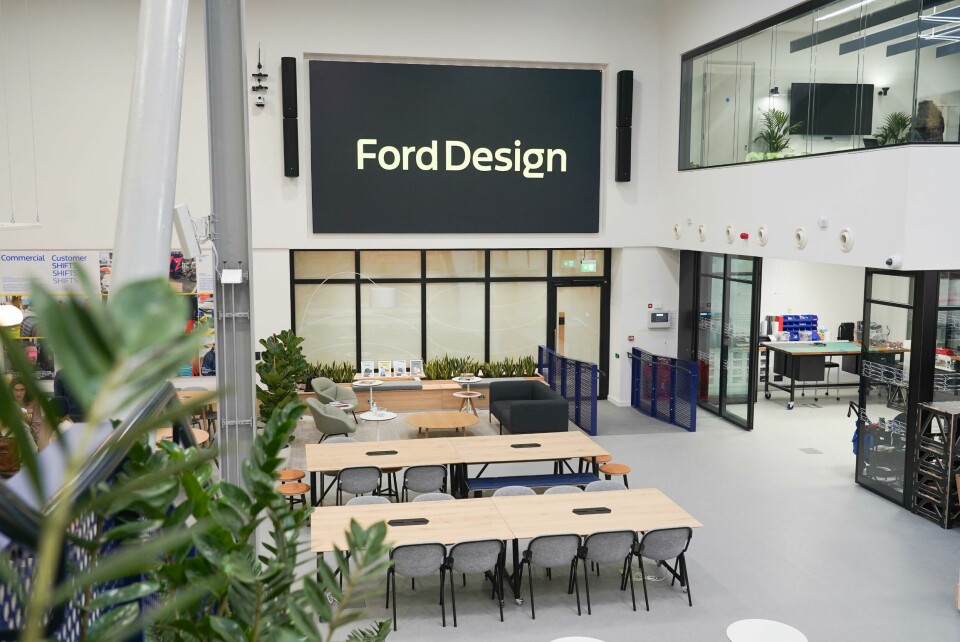
Ford’s revamped London studio puts focus on human-centric design
Car Design News goes inside Ford’s human-centered design studio to understand how the brand is researching what people want, use and ultimately need
Ford’s London design studio is an unexpected treat, recently renovated to create a warren of collaborative, inspiring spaces. It is bright, airy and laid out to encourage chance encounters, all while maintaining a sense of professionalism. This is a workplace, after all, despite the feeling of a university campus.
Car Design News was recently invited for a tour of the space, accompanied by European design director Amko Leenarts and Usha Raghavachari who has led the studio in both its current and former guise as “D-Ford”. Previously described as a global innovation lab, the site has been given more of a clear and concise remit – human-centred design – and has been renamed as such.
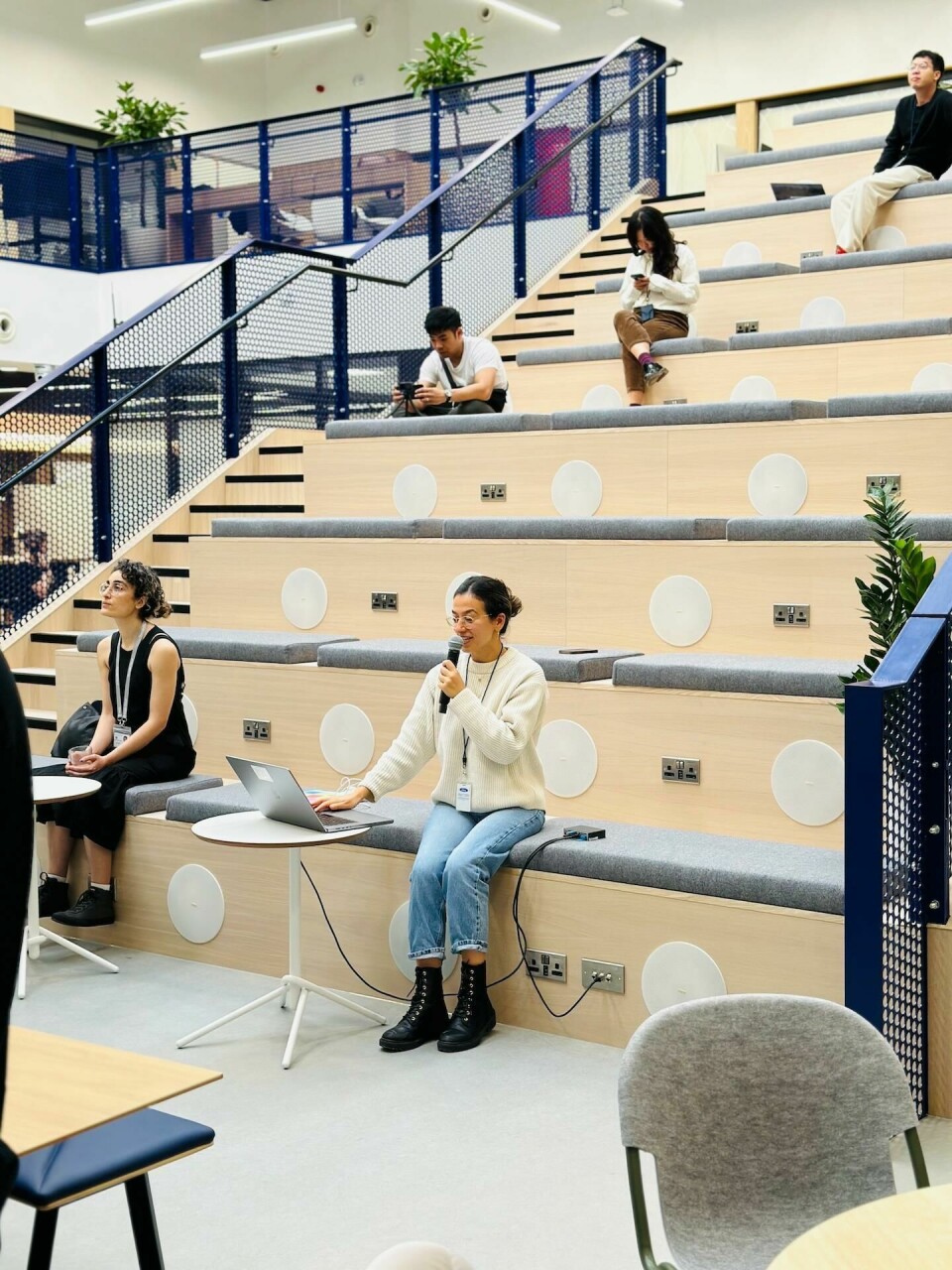
Located in the overtly creative Here East building, it is surrounded by a hive of both professionals and students involved in crafts and all manner of artistic pursuits. There was even a chorus of opera singers as we entered the adjoining hallway outside the studio, much to the delight of the fashion students walking by.
It certainly seems a fitting place for Ford to house a squad of designers, and it is here where much of the exploratory research into user experience (UX) and software-defined vehicles (SDVs) goes on. “This is such a big shift for the industry and it’s leading us to talk about experience-led design,” says Raghavachari.
Although it is based in London, this is very much a global venture – suggested by the presence of familiar faces from other Ford studios during our visit, but also the fact that findings are literally gathered from and fed around the world. And not only for commercial vehicles (as D-Ford did) but now across all global projects. Raghavachari describes the output of the studio as “food” for designers, providing both inspiration but also an “understanding of customer needs and problems.”
The rising tide of customer expectations is pushing us to go faster
Indeed, it is this studio where consumer feedback led to the development of a tilting steering wheel, which folds forward to offer Transit van drivers a space to eat and work. Research had found that drivers were previously retrofitting their centre console or instrument panel to hold a laptop or plate of food. Although this started as a fairly primitive idea with a crude cardboard model, it did indeed make it to production.
One room is used to hold focus groups, with the space created to encourage honest and open feedback on anything from a full interior to a particular feature in development. It is not entirely private, of course, with the discussions bring fed into a room next door – also nicely decked out with comfy chairs and, we suspect, doubles as a zone for quiet working.
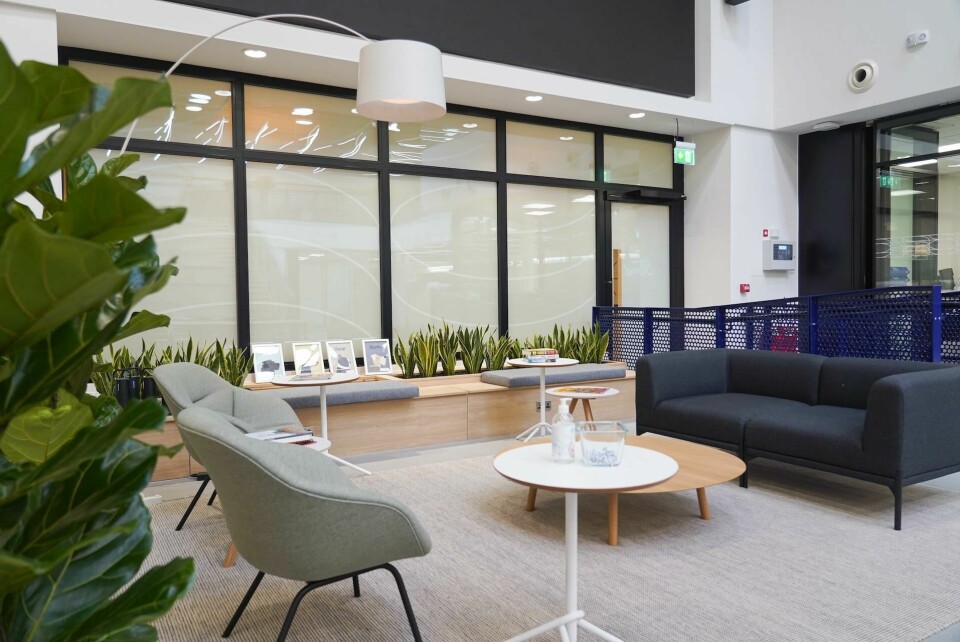
Another room is more open and occupies one corner of the bottom floor between the dining area, colosseum-style seating used for presentations and the few rows of work desks (there is no conventional office layout here). This workshop is used for rapid prototyping, helping to create not only scale models of vehicles or components but also the jigs, fixtures and tools used to build them. Dieter Rams’ principles for good design are printed in clear view in this room, in particular the tenth commandment: “Good design is as little design as possible.”
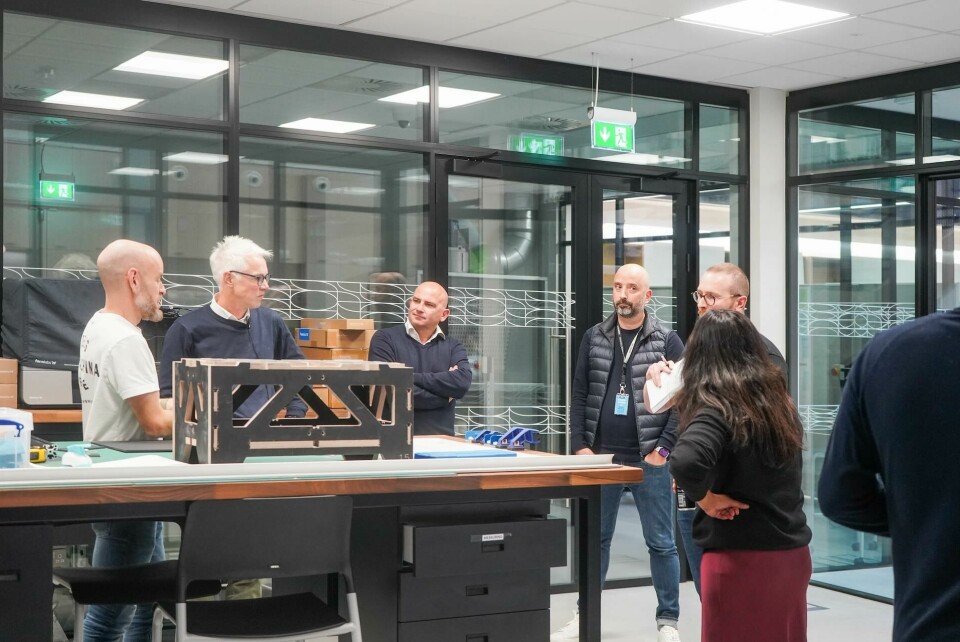
Indeed, agility in this space means making ideas a physical reality as quickly as possible. That can happen by furiously working round the clock, or finding ways to reduce complexity and speed up assembly times. Almost like adding a cordless multi-tool to the IKEA assembly kit.
“The rising tide of customer expectations is pushing us to go faster,” notes Raghavachari. Recently, the team has been employing 3D printing to quickly trial and refine quick-fit fasteners, and design prototyping lead, James Neugebauer, explained that the goal is ultimately to speed up and simplify the prototyping process.
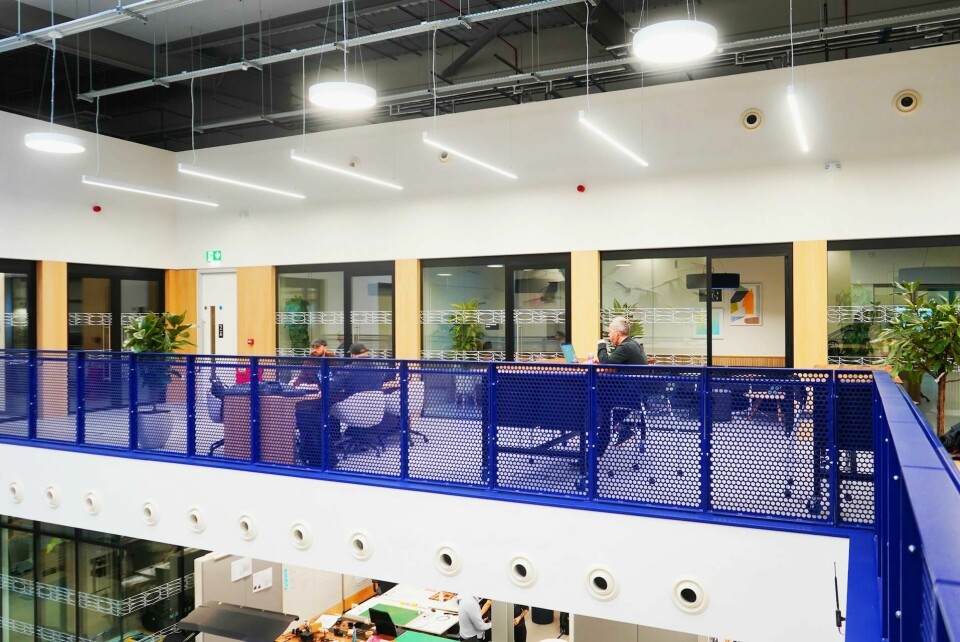
Moving upstairs and away from this hands-on alcove, we interrupt a team of designers using augmented reality to develop the shape and placement of switchgear in a cockpit. One of many such exercises, of course. With the headset on, it is easy to hold a conversation – albeit looking somewhat like a dung beetle – and visualise how a gearshifter might feel when moved around the centre console.
AR and VR really helps us to communicate ideas internally
In contrast, the virtual reality goggles we tried afterward felt far less collaborative (and more dizzying) but did a good job of showing a series of cars in different environments. In combination with sketches, renders and scale models, we can see how this would add a useful element to the storytelling process.
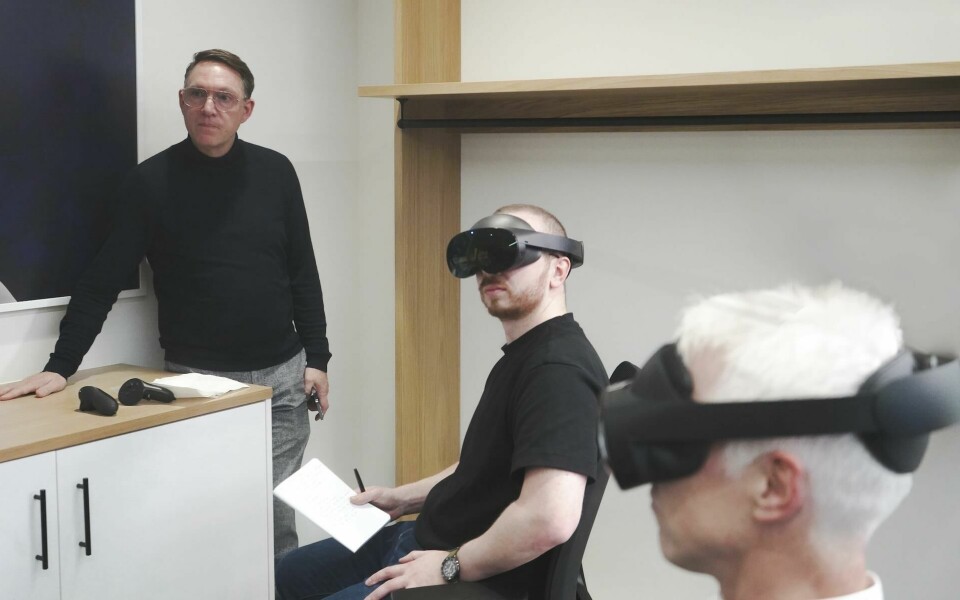
“Many different departments come in,” one designer told us, “and this really helps us to communicate ideas internally.” It is easy to see why the technology is now fundamental to modern design studios today. We were told that, in broad terms, AR can save upwards of six weeks during the modelling process (depending on the project), but when considering the design of the full experience, that time saving is measured in months.
At a time where UX has become central to the vehicle design process – encapsulating far more than just a touchscreen – it seems like a valuable addition to Ford’s design footprint. But it is also a bit of a headscratcher. At a time where major brands (including Ford) are under pressure to stomach the cost of R&D for intelligent electric vehicles, resources are under close scrutiny and the design community is no stranger to bricks and mortar closures. Beyond the challenge of finding innovative new ways to delight and support car users, one would image that the studio has had to justify its existence in some respect – at least to those holding the purse strings.
But whatever the team is doing seems to be working, and the studio today will speak with a mix of other global teams – design, engineering and otherwise – depending on the project. It helps that the Human Centric Design studio’s remit is now much clearer. “We don’t have to explain what we do anymore,” jokes Raghavachari.
Upper management certainly seems to be on board. “This studio has been educuating the entire company on how it is possible to work,” notes Leenarts, suggesting that large organisations could benefit from operating more like a start-up. Our tour of the facility was even curtailed by a regular meeting with new head of design Todd Willing, who has apparently taken an interest in the studio.
Previously design director for Ford’s EV arm, Model e, Willing will surely be aware of the need to better understand how users interact with the next generation of vehicles which are equipped with more features than ever; these bring the opportunity to surprise and delight, but also to confuse and frustrate. As he notes in the Car Design Review 7 book: “Authenticity is a fundamental element… Good design is not about creating a facade or tricking anyone, but delivering on a promise, clearly communicating purpose and intent in an honest way.”







